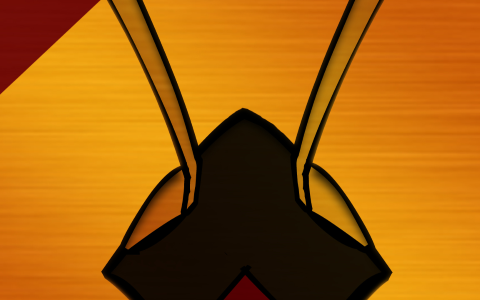

Preying Mantis
| Status | Cancelled |
| Development Period | September 2013 – April 2014 |
| Target Platform | PC |
| Development Plaform | Game Maker Studio |
| Contributions | Programming |
| Co-Creators |
Brad Beyea : Art, Game Design David Payette : Programming Jacob Royal : Music |
There were several fundamental problems we were having when working on the project. For organizing the project we mainly worked through Google Drive, which wasn’t the most optimal way to work on team projects. We were using Raster Art (art made with pixels), so there were constant trade offs to be made considering the level of detail that would be necessary and the resolution that would be best suited for all devices. We considered working with multiple resolutions but I’ve tried that before in Parliament Fighter and that’s not fun (or at least the I did it wasn’t fun). We had problems with Scope Creep, we greatly underestimated the amount of time it would take us to develop certain aspects of the game, and including complex story elements has a tendency to lock you into a large scope from the beginning. Having the youtube series seemed like a cool idea and they were fun to make but there was a direct tradeoff in that time spent working on the youtube videos took away from time spent on the actual game.
Despite not finishing the game the issues in this project helped us to not make the same mistakes in future projects. I also was able to implement some features which I’ve never worked with before. One of these systems was a lighting engine. I originally tried to make it myself but ended up using a lighting engine someone else made instead (Unfortunately I couldn’t find the original engine but I linked to where I found it). This was really efficient and created a pretty cool effect.
Another major implementation for me was the pathfinding. I implemented an A* pathfinding algorithm from scratch for the first time. Not only that but this was more complicated than many of my future implementations. I created a graph by generating nodes a certain distance from each corner in the level and then checking each pair of nodes to see if enemies could travel from one to the other. The AI’s would find the optimal series of edges to follow, taking into account how far individual nodes were from the player as well as how long individual edges were.
Devlog Series
| < | > |
Recent Comments